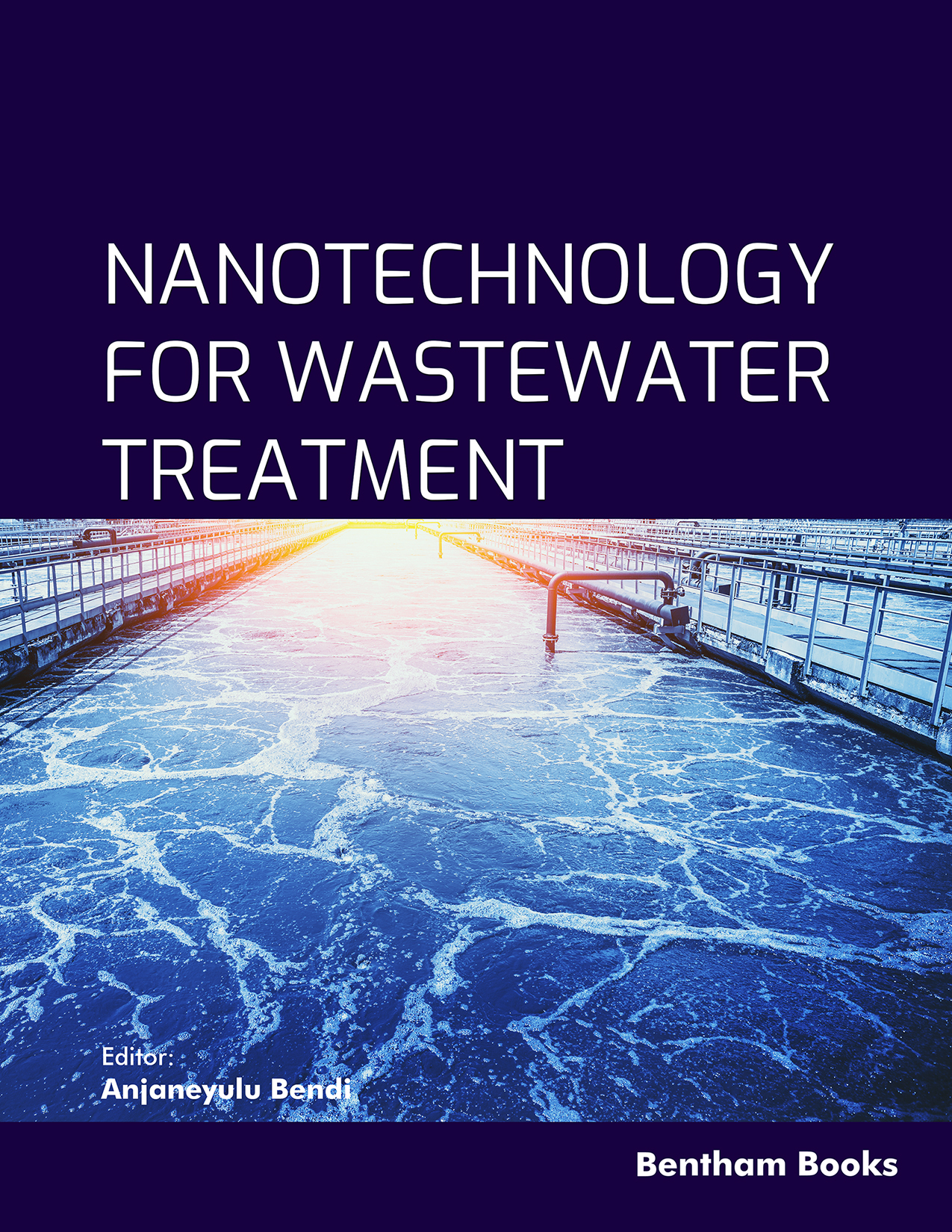Is nanotechnology beneficial for wastewater treatment?
Nanotechnology offers significant benefits for wastewater treatment by providing innovative solutions to remove contaminants more effectively than traditional methods. Nanomaterials can adsorb, break down, and filter out pollutants at the molecular level due to their unique properties. Water treated and made safer by these substances can effectively target and eradicate microorganisms, heavy metals, and organic contaminants. Furthermore, nanotechnology can minimize operating costs, consume less energy, and improve the efficiency of current treatment methods. Wastewater treatment can be made more sustainable and effective by utilizing the enhanced properties of nanomaterials, thereby tackling critical environmental issues and enhancing public health.
Modern experimental research on various nanomaterials used in wastewater treatment is highlighted in this book. Chapter 1 outlines the recent advancements in nanotechnology for wastewater treatment, highlighting the innovative approaches and techniques that have emerged. It explores how nanomaterials are being utilized to improve the efficiency and effectiveness of removing contaminants from wastewater. Chapter 2 discusses the precise applications of zero-valent metal nanoparticles in wastewater treatment with particular emphasis on removing heavy metals and dye degradation, which poses a significant risk to human health and the environment.
Metal oxide nanoparticles play an essential role in wastewater treatment because they improve the removal of pollutants via catalytic, adsorption, and degradation processes. Using them in wastewater treatment is an essential advancement toward practical and sustainable water purification techniques, and hence, the significance of metal oxide nanoparticles has been thoroughly discussed in Chapter 3, and Chapter 4 offers a thorough summary of the latest developments, difficulties, and potential uses of carbon nanotubes and their composites in wastewater treatment.
Chapter 5 highlights the use of graphene-based nanoparticles in wastewater treatment, focusing on their unique properties and effectiveness. This chapter explores their role in enhancing pollutant removal and advancing sustainable water purification methods, and Chapter 6 focuses on the use of carbon-based nanomaterials, including fullerenes, carbon quantum dots, and nanodiamonds for dye degradation and heavy metal removal from wastewater.
In Chapter 7, the authors focus on exploring the chemistry of metal-oxide-based nanocomposites and their relevance for the eradication of heavy metal ions and organic dyes from polluted water. Chapter 8 examines the properties of various nanosorbents and the sorption methods employed for the removal of pollutants from wastewater.
Information on upcoming aspects of the nanofiltration process is provided in Chapter 9, which is anticipated to address present and future problems with water treatment and open the door to cleaner and safer water supplies globally, and Chapter 10 aims to shed light on the extensive research on the creation and use of both natural and manufactured zeolites in the effective removal of diverse pollutants from wastewater.
In conclusion, this book aims to provide a comprehensive overview of the innovative research efforts in the design and synthesis of novel nanomaterials for wastewater treatment. I hope that the content will captivate the interest of aspiring researchers worldwide and inspire them to continue exploring novel nanomaterials for treating various types of wastewater. Additionally, I hope that this book will serve as a valuable resource for researchers, academics, and industry professionals with a strong interest in this field.
I would like to express my profound admiration and gratitude for the dedicated efforts of all the authors who have tirelessly prepared the content of this book. Additionally, I extend my heartfelt thanks to the publisher and its staff for their efficient management of the project at every stage. Finally, I wish to acknowledge my family members for their unwavering support throughout this entire journey.
Anjaneyulu Bendi
Innovation and Translational Research Hub (iTRH) &
Department of Chemistry
Presidency University
Bangalore, Karnataka
India

